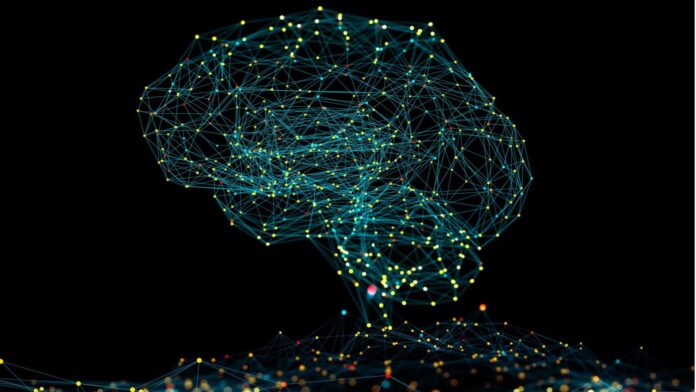Over few decades, Artificial Intelligence (AI) tools have been used to analyze data or complete essential tasks in many fields, varying from computer science to manufacturing, physics, medicine, biology, and even artistic disciplines.
Researchers at the University of Michigan published a paper in the International Journal of Architectural Computing, about the potential of AI as a tool to create new architectural designs. The researchers first evaluated the performance of the simplest neural networks available on 2-D to 2-D neural style transfer tasks. These tasks require changing the target image so that it matches a specific style. It means, for example, that changing a drawing so that it reflects the style of a specific painter, such as Vincent van Gogh. In their work, del Campo, Manninger, and their colleagues especially tried to use neural networks to change designs so that they matched a specific architectural style (like modern or baroque).
Del Campo compiled a dataset that contained 3-D models he created, saved as OBJ files. OBJ file is a format that can be opened and exported in various 3-D image editing programs. He then labeled this data and used it to train a Convolutional neural network (CNN). CNN learns to change architectural designs so that they match the typical style of del Campo’s work when trained on this dataset.
In their report paper, del Campo and his colleagues illustrate how Generative Adversarial Networks (GANs) are used to produce architectural designs. Currently, they are planning a project that is still ongoing, called Robot Garden that proposed creating a testing ground for bipedal robots developed at the University of Michigan.
In a current study, del Campo and his colleagues assessed a specific algorithm to create ‘hallucinated’ or ‘imagined’ designs. An algorithm like DeepDream, a neural network-based model that can emulate the brain processes which allow humans to have psychedelic or fantastical dreams. For conducting the experiment they compiled datasets containing images with different architectural and topographic features. Then trained a DeepDream algorithm on these images so that it could ‘hallucinate’ these features onto an existing architectural site.
Currently, the researchers are testing a set of Artificial Intelligence techniques that could aid 3-D architectural design, collaborating closely with AI experts at Michigan Robotics.

